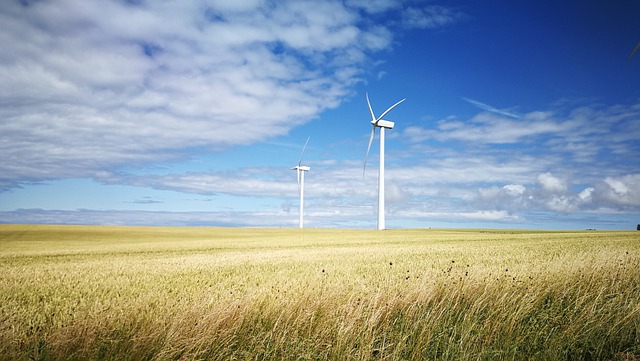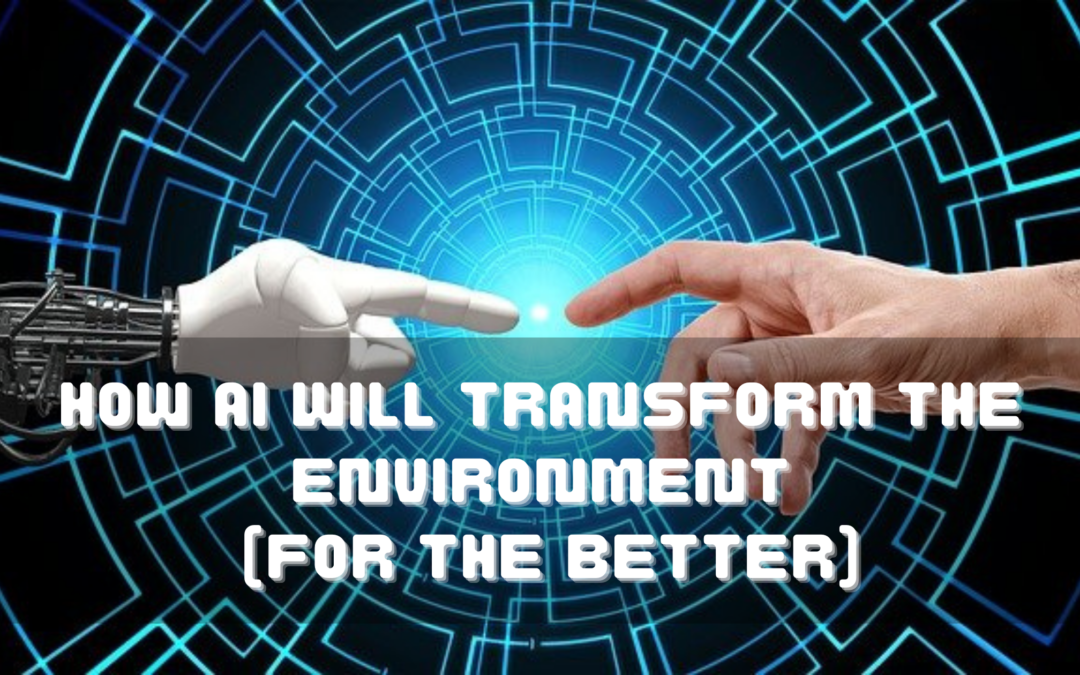As we make advancements in all walks of life, we must ensure that the advances we make in science and technology do not negatively impact or overwhelm our natural resources and environment. Instead, science and technology should be put to good use.
Artificial Intelligence is one such development. It’s been around for quite some time, however, AI has only gained traction with consumers in the last few years or so. Can it change the environment for the better? Let’s take a look.
#1. AI Can Accelerate Our Response to Climate Change
Climate change is a growing issue, one that calls for immediate attention. At present, we’re quickly running out of resources. However, AI can fundamentally improve our understanding of the effects of climate change and help reduce greenhouse gas (GHG) emissions.
This application of AI is backed by extensive research conducted by the Capgemini Research Institute. According to their findings, AI-enabled use cases recorded a 13% reduction in GHG emissions since 2017.
#2. Smart Agriculture and Food Systems
AI-augmented agriculture has the potential to optimize agricultural operations by basing farming on supply and demand. This can keep inflation and the scarcity of available food grains in check while ensuring that crops and livestock are in optimal health.
This has far-reaching outcomes for the agricultural industry. By enabling AI in the farming industry, farmers can identify the best times to plant and harvest crops. It can also help save valuable storage space and reduce our use of water and pesticides along with other resources used during farming.
#3. Lower Barriers to Electric Vehicle Adoption
Artificial intelligence can effectively help us lower our carbon footprint as we move towards self-driving electric vehicles. For starters, there will be significantly less room for error.
The right AI algorithm can also help manufacturers model and predict constant and changing behaviors in the industry. This will allow them to tailor their products and services in an energy-efficient manner.
In fully autonomous vehicles, AI can take complete control of the vehicle. You only need to sit back and let the system navigate around the lanes. Imagine how much more relaxing and safer road trips and truck bed camping would be if you didn’t have to drive at all!

#4. Have Better Estimates of How Much Energy We Are Consuming
In the past, we’ve been unable to record and analyze data about energy consumption on a large scale. With AI, however, we may just be able to overcome this obstacle with computer vision technology.
Computer vision is an area of AI that empowers computers to gather meaningful information from visually-oriented inputs like digital images and video. While such technology used to be very expensive, it’s now more accessible and can provide richer data faster.
This technology can be put to use to produce better estimates of how much energy we are consuming at different locations. It will also help us monitor and adjust how we do things.
#5. Improve Deforestation Tracking
Deforestation takes place for a number of reasons. While we understand that some of it is inevitable, it leaves us with little to no estimates to work with.
Technology and AI can be of much use here. AI can help analyze the loss of tree cover through satellite imagery and computer vision much faster than man ever can. To bring it into effect, however, sensors will have to be inserted into the ground to detect the sounds of chainsaws.
Think of all the illegal activity improved deforestation tracking can potentially put a stop to!
#6. Optimize Clean Energy Development
In 2019, nuclear energy and energy generated by the burning of fossil fuels were responsible for 29 percent of GHG emissions. Efficient and optimal clean energy development has understandably become a critical priority in everyone’s green agenda.
An area of consideration is on developing hydropower dams. In fact, a group of scholars from Cornell University developed an AI model that can help locate sites for dams, specifically, dams that have the potential to produce the lowest GHG emissions.
#7. Tools to Help Understand Carbon Footprint
Artificial Intelligence is a powerhouse. It can analyze data, look for problems and find their solutions, find estimates to work with, and more. Environmentally conscious citizens will be happy to know that AI can help build tools that will aid our efforts towards saving the environment.
We can put the phenomenal power of AI to good use by developing tools to help us better understand GHG emissions and the impact of our carbon footprint on the world, helping us direct our efforts in changing the status quo.
#8. Make Transportation More Efficient
The transportation sector is the largest singular source of CO2 emissions. In the US, it’s 29 percent. Already, a handful of US cities like Pittsburgh are relying on machine learning to improve and make the flow of traffic more efficient.
How? Real-time data about traffic volume is collected from radar and cameras then shared with computers to anticipate the flow of traffic.
By using AI in this way, Pittsburgh has managed to reduce engine idling by 40% resulting in a 20% reduction in emissions.
Final Thoughts
Until recently, technology has been mostly used by capitalists for profitable endeavors. As the environmental crisis mounts and we bear witness to the results of “progress,” it’s imperative that we lend greater and intensified efforts towards saving our world.
In this age when the environment desperately needs our help, these AI applications are a step in the right direction and give us and our planet much-needed hope.
P.S: If you liked this article, please leave a comment below. Also, for more online learning opportunities, get a FREE membership to our EAT Community, where you can make a little money, making the planet better!



